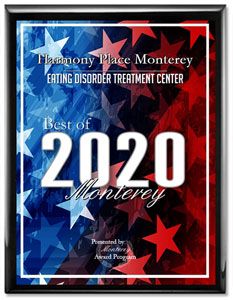An Internal Family Systems Approach to Sex Therapy
Adopted from the Original Masters and Johnson Model
Abstract
Masters and Johnson created sensate focus to remediate the blocks that interfere with sexual desire and arousal. Typically, this involves a couple engaging in mutual, goal-less touching, with breasts and genitals considered off limits, thus creating an absence of performance anxiety, allowing the roadblocks to intimacy to manifest. Adding breasts and genitals to the exercise. without the goal of intercourse or even arousal, further dismantles these roadblocks. The blocks generally consist of fears related to closeness, trust, safety, or dissociation-related intrusions or numbing responses of PTSD.
When we see a couple for sexual desire difficulties or dysfunction, we use the co-therapy team model innovated by Masters and Johnson. When the blocks have manifested, we utilize Internal Family Systems (IFS) interventions with one partner while the other partner remains in the room and observes. Whatever blocks unfold allows for trauma processing and indirectly increases the intimacy between the couple. They then go for coffee after the session to process whatever comes up.
Using IFS, we typically come to find that the parts blocking the sexual response are protective, i.e. “don’t get to close, you’ll be abandoned” or “sex is dirty and scary.” “Firefighter” parts (as termed in IFS) for instance sometimes block sexuality to prevent forgotten details of childhood sexual experiences from re-surfacing. Once various parts feel safe enough to disclose, more forgotten or minimized details related to the context of childhood events that have contributed to fears of intimacy unfold.
While one client does this work, most often the partner also desires to investigate their blocks to intimacy, since there is usually complementation in mate selection. As the partner opens their fears related to closeness, the couple becomes more intimate, allowing for sexual intimacy to further flourish.
As the blocks are lifted, the couple is encouraged to engage in more common interventions related to communication, problem-solving, time-management, child-rearing, working, increasing quality of life, and practicing mindfulness day-to-day in order to maintain the romance within their functioning relationship.
Utilizing this model – in most cases—intensive, time-limited, 10-sessions therapy, usually in 90-minute sessions over a two-week period, is sufficient to reverse sexual dysfunction or disorder. When therapy is unsuccessful, usually in cases involving complex trauma, the individual is encouraged to move into a higher level of care, including Partial Hospitalization in our Trauma Program. This allows the individual to receive three intensive individual therapy sessions a week, along with daily group work for 30 to 60 days.





